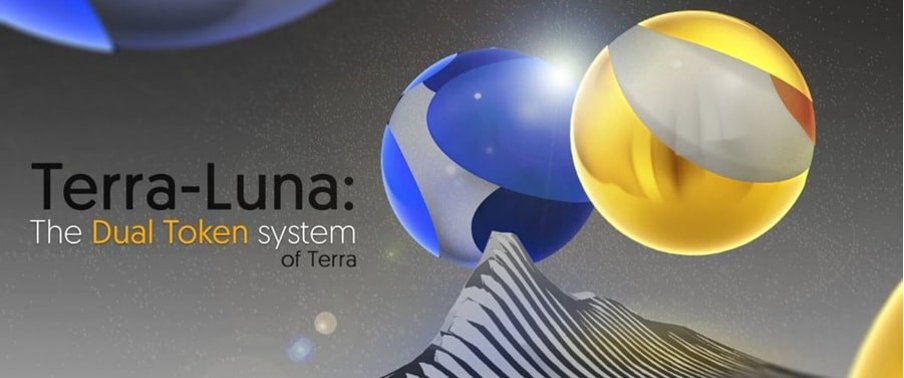
What is Seignorage? Before being in #crypto I haven't ever heard of this term. 🧵👇
1/8
I tried to explain it in short and will especially highlight at the end of the thread what it means in the context of @terra_money for the relationship between $UST & $LUNA
1/8
I tried to explain it in short and will especially highlight at the end of the thread what it means in the context of @terra_money for the relationship between $UST & $LUNA

2/8
Seignorage is the difference between the value of money and the cost to produce and distribute it. For coins, it is the face value of the metal plus the minting cost, for paper money it is mostly the production cost. The creator/issuer has traditionally been the government.
Seignorage is the difference between the value of money and the cost to produce and distribute it. For coins, it is the face value of the metal plus the minting cost, for paper money it is mostly the production cost. The creator/issuer has traditionally been the government.

3/8
If the seignorage is positive (e.g. it only costs a few cents to produce a $100 bill) the revenue accrues to the issuer.
For coins, it can more often be negative, for example, if the metal value of a silver coin is worth more than the face value.
If the seignorage is positive (e.g. it only costs a few cents to produce a $100 bill) the revenue accrues to the issuer.
For coins, it can more often be negative, for example, if the metal value of a silver coin is worth more than the face value.

4/8
In the US, when the FED increases the number of dollars available within the U.S. economy, it will purchase a Treasury Bill in exchange for permitting the production of more dollars demanding interest payments.
In the US, when the FED increases the number of dollars available within the U.S. economy, it will purchase a Treasury Bill in exchange for permitting the production of more dollars demanding interest payments.

5/8
For @terra_money - where the is no central government or similar - seignorage occurs when $LUNA gets exchanged and burned for $UST. Originally a part of this seignorage was flowing to a community and rewards pool for community projects and validators:
For @terra_money - where the is no central government or similar - seignorage occurs when $LUNA gets exchanged and burned for $UST. Originally a part of this seignorage was flowing to a community and rewards pool for community projects and validators:
6/8
Concretely: Minting 1 $UST requires burning $1 worth of $LUNA — contracting the LUNA supply + expanding the UST supply.
Concretely: Minting 1 $UST requires burning $1 worth of $LUNA — contracting the LUNA supply + expanding the UST supply.
7/8
Since the Columbus-5 update, all tokens from the seigniorage process will be burned, leading to an amplified scarcity of the liquid supply of $LUNA - not unlike to what we have seen on #Ethereum with the implementation of #EIP1559.
Since the Columbus-5 update, all tokens from the seigniorage process will be burned, leading to an amplified scarcity of the liquid supply of $LUNA - not unlike to what we have seen on #Ethereum with the implementation of #EIP1559.

• • •
Missing some Tweet in this thread? You can try to
force a refresh



















